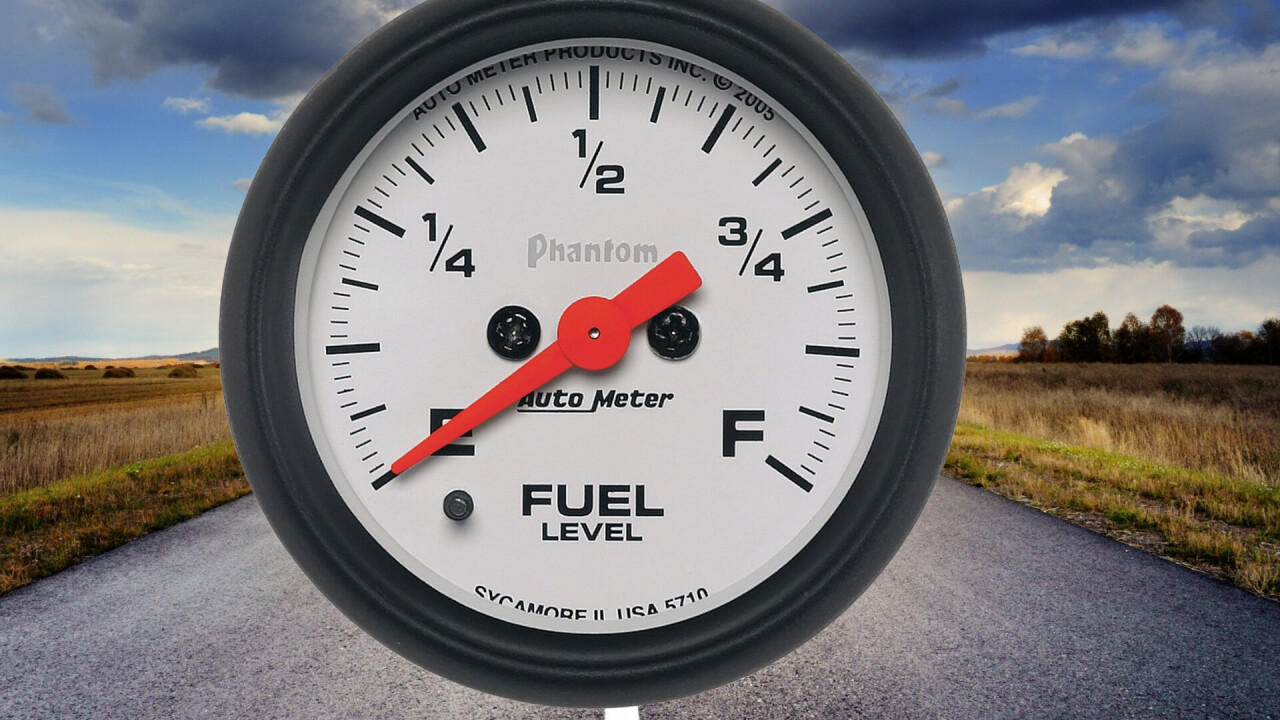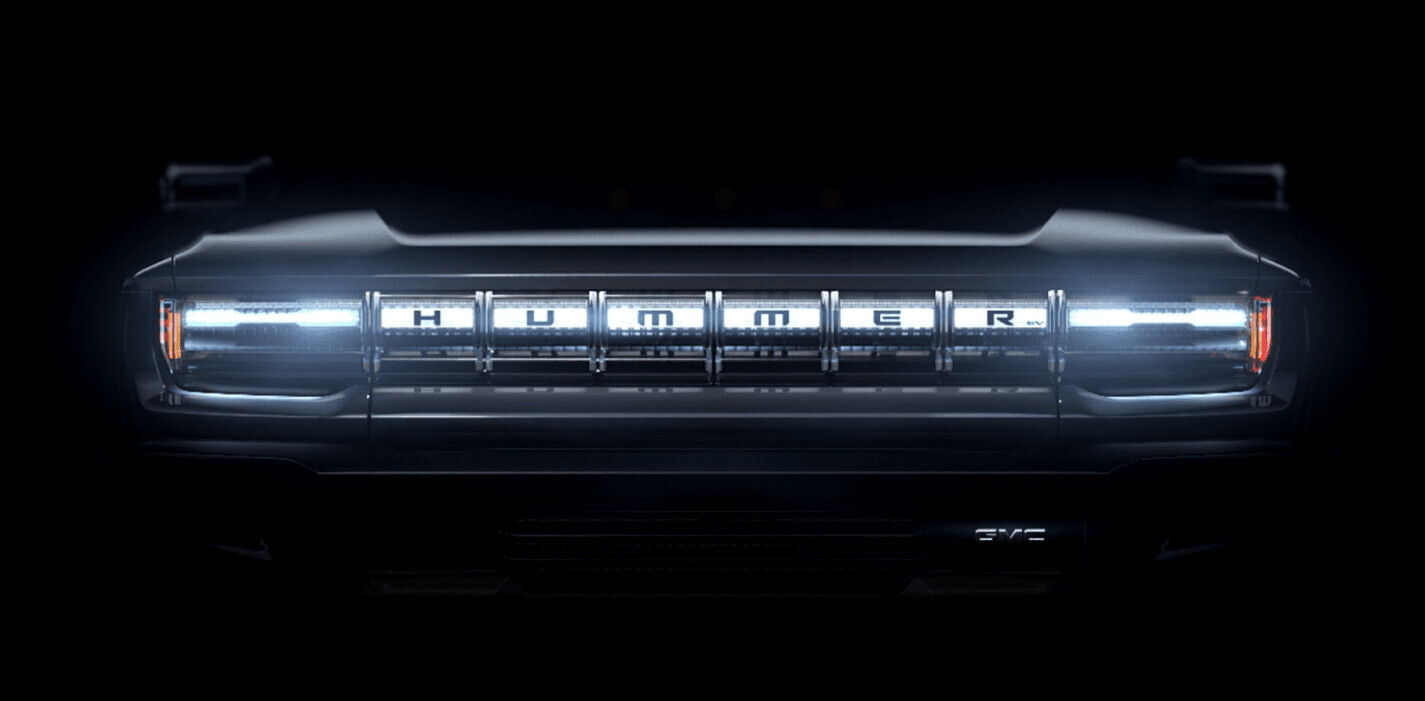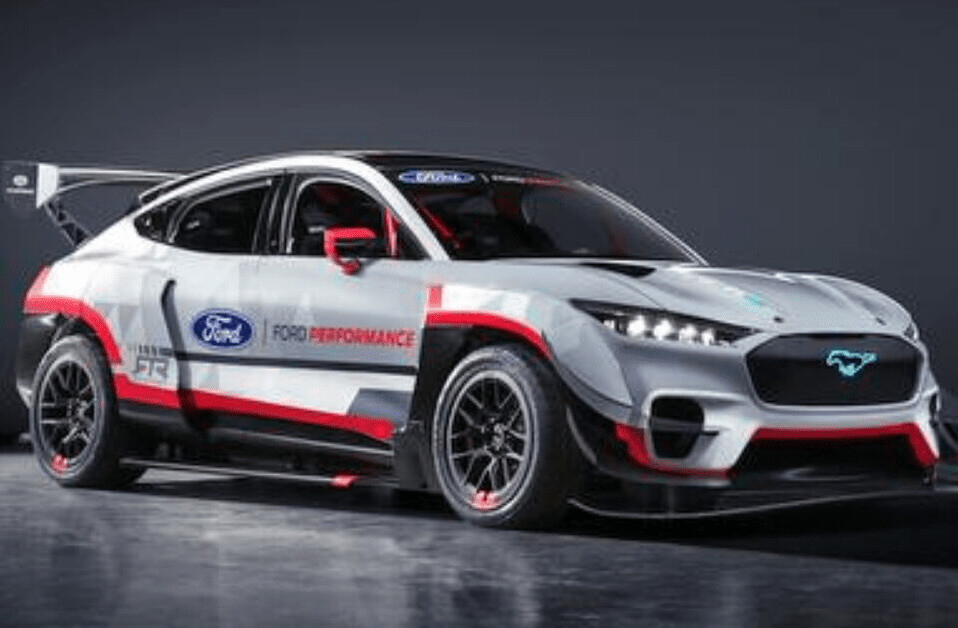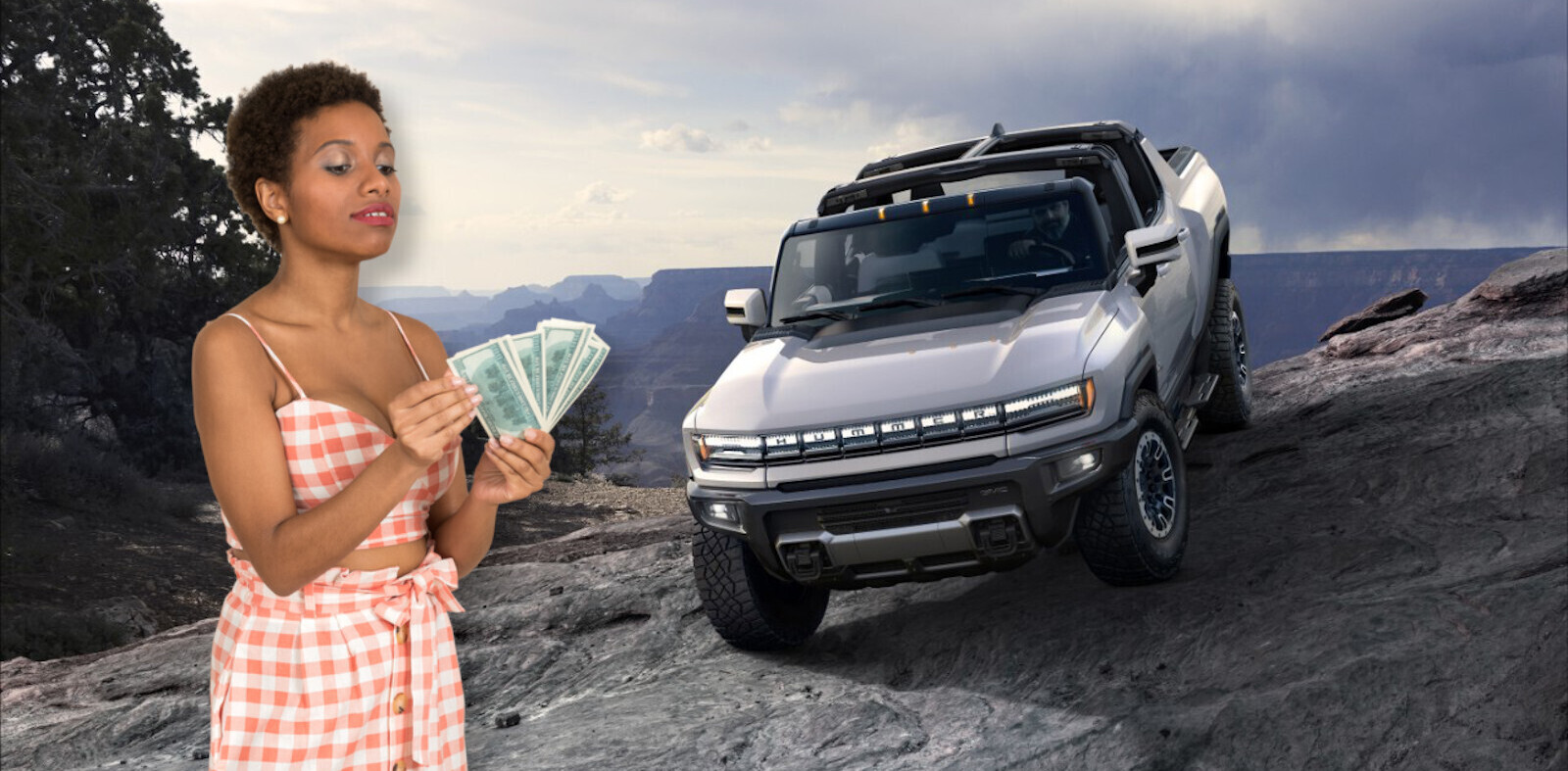
With rising fuel prices in many countries, owning an EV probably feels like a smart move lately.
But buying a new car isn’t cheap, and the delay in mass EV production means even second-hand EVs are retailing at massively inflated prices. So, if you’re still driving an ICE vehicle, here are some tips and resources for preserving your fuel intake through the practice of hypermiling.
What is hypermiling?
Hypermiling (also known as energy-efficient driving) is driving a car using intentional techniques that maximize fuel efficiency. You can deploy specific hypermiling in EVs to reduce range anxiety, but I’ll focus specifically on gas cars.
Start by thinking of yourself as a prepper. But your aim is to conserve fuel. And it starts before you even begin to drive.
Before you start driving
- Ensure your car is serviced regularly to ensure it’s running as efficiently as it possibly can. Tires should be inflated to the correct pressure, because a tire with low-pressure increases drag, which negatively affects fuel consumption.
- Remove unused items in the car like child car seats, extra tools, rooftop racks, towing equipment, etc., to save weight and improve fuel economy.
- Consider the weather. In summer, always park your car in the shade to reduce the need for air conditioning. Likewise, in winter, using the heater or windshield defroster could be replaced by warmer clothing and a windshield scraper.
- Close the windows and sunroof to reduce drag.
- Plan your route. You want a direct, clear route without lots of stopping or heavy traffic to minimize acceleration and braking for the maximal fuel efficiency.
- And let’s not forget to consider whether you need to drive at all. Can you replace a short trip with walking, public transport, or cycling?
If #hypermiling means using a #cargobike to buy gas every few weeks, then sure, I’m hypermiling.
Otherwise, isn’t hypermiling just driving sensibly, for the most part?
— Kevin Montgomery (@kemosite) March 5, 2022
Once you start driving

Once you start driving, you can deploy hypermiling techniques that increase your fuel efficiency:
- Drive smoothly and anticipate traffic flow. For example, when you see a red light ahead, take your foot off the gas pedal and coast toward it — hypermilers call this gliding.
- Act like there’s an egg on the gas pedal. Be gentle.
- Drive slower. Guinness World Records Holder told News40 that If you drive 112km/h ( 70mph) versus 104kmph (65mph), “you might gain 1.6km/h (1 mph average speed), “and you’re probably going to cost yourself 10 or 15 percent of your fuel… Take this historical point in time as a lesson for a lifetime.”
- Deploy cruise control on highways. Maintaining a consistent speed reduces fuel consumption.
- If you’re going to be stopping for more than a minute, shut off your engine — idling is the enemy of fuel preservation (and it’s really bad for the air pollution). You can also switch off your engine when you’re sitting in heavy traffic.
Want to go harder?
Ok, so you’ve followed all these efforts, but you want to do more. Here are some tips recommended by dedicated hypermilers. They’re particularly good if you want to join an early grave:
- Drive with the focus of a racecar driver with no radio or conversation in the car to fully concentrate on the road.
- Drive barefoot or in driving shoes. Hypermiler.co.uk suggests you choose your footwear with care to reduce press on the throttle.
- Drive Without Brakes (DWB): try and drive for as long as possible without touching the middle pedal.
- Overinflate your tires: Overinflating your tires is just stupid and increases the risk of a blow out.
Tech tools to the rescue
If you want to understand how your driving impacts your fuel milage, tech can help provide you with valuable data:
- Newer cars have miles per gallon (MPG) usage counters, but you can also use a fuel calculator.
- Fleet management companies can use GPS fleet tracking software to gather data about driver activity and help determine ways to reduce idling.
- Use a parking app to find a place to park and avoid wasting gas driving around needlessly.
Downsides of hypermiling
Besides the obvious risk of death by driving without brakes, there are definite downsides to hypermiling:
- If you drive slower, you’ll piss off other drivers, potentially attract police attention, and may be at risk of a traffic violation.
- Driving slower and further means you spend a lot longer in your car. Is it worth it?
- If you’re into gamification, this might be your dream — but it takes the fun out of driving in some ways.
And, if you drive a car that looks something like this, you’ll be guzzling gas whatever you do.

Sorry, you should’ve bought an EV.
Additional Resources
Get the TNW newsletter
Get the most important tech news in your inbox each week.





